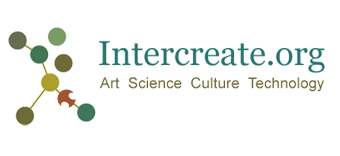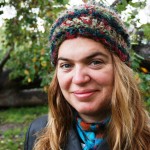Week two residency
| SCANZ 2013 3rd nature WEEK TWO RESIDENCY SCHEDULE | |
| This schedule has been placed online for discussion, it may need to change. | |
| Sat 26 Jan | Weekend 01 |
| All: Free day | |
| Beach/mountain/Paritutu | |
| Evening show and tell/social event? | |
| Sun 27 Jan | Weekend 02 |
| All: Free day | |
| Beach/mountain/Paritutu | |
| 6pm | TROPFEST – world’s largest short film festival, bring picnic and wine to the Bowl of Brooklands in Pukekura Park |
| Mon 28 Jan | Day 07 Residency |
| 9-4.30pm | SCANZ admin open |
| 10am | All: Group meeting, F block art studios |
| Housekeeping, questions | |
| Contextual discussion | |
| Today’s theme: | Mātauranga Māori (traditional knowledge) |
| Guests: | Te Huirangi Waikerepuru and Te Matahiapo |
| 12noon | Lunch |
| 1pm | Open time, project work etc |
| 4.30pm | Dinner team gather |
| 7pm | Dinner |
| Tue 29 Jan | Day 08 Residency |
| 9-4.30pm | SCANZ admin open |
| 10am | All: Group meeting, F block art studios |
| Housekeeping, questions | |
| Contextual discussion | |
| Today’s theme: | Working across borders – Art, science and indigenous knowledge |
| Guests: | Dr Christine Fenton, Mike Fenton, Tengaruru Wineera, Nina Czegledy |
| 12noon | Lunch |
| 1pm | Open time, project work etc |
| 4.30pm | Dinner team gather |
| 7pm | Dinner |
| Wed 30 Jan | Day 09 Residency |
| SCANZ admin closed | |
| 10am | All Group meeting, F block art studios |
| Housekeeping, questions | |
| Contextual discussion | |
| Today’s theme: | Open |
| Guests: | Residency artists? |
| 12noon | Lunch |
| 1pm | Open time, project work etc |
| 4.30pm | Dinner team gather |
| 7pm | Dinner |
| Thur 31 Jan | Day 10 Residency |
| 9-4.30pm | SCANZ admin open |
| 10am | All: Group meeting, F block art studios |
| Housekeeping, questions | |
| All day on project work | |
| 4.30pm | Dinner team gather |
| 7pm | Dinner |
| Fri 1 Feb | Day 01 Wānanga-symposium |
| 8am | All: Depart for WITT Owae Marae |
| Powhiri | |
| Wānanga-symposium | |
| Morning tea | |
| Lunch | |
| Afternoon tea | |
| 7pm | Wonderlogue Dinner with Trudy Lane |
| 9pm | Depart Owae Marae |
| Sat 2 Feb | Day 02 Hui-Symposium |
| 6am | All: Depart WITT for Puke Ariki |
| 6.28am | Dawn opening of 3rd nature exhibition |
| Tea, coffee and biscuits | |
| Live presentations from Europe | |
| Return to WITT | |
| Break | |
| Wānanga-symposium | |
| Lunch | |
| Afternoon tea | |
| 5pm | Day 02 Wānanga-symposium ends |
| Sun 3 Feb | Day 03 Wānanga-symposium |
| 9am | Wānanga-symposium |
| Morning tea | |
| Lunch | |
| Pukekura Park projects | |
| Afternoon tea | |
| 3pm-4pm | Poroporoaki (closing reflection) at WITT |
| 4pm onwards | Continued informal discussion and socialising |
| Mon 4 Feb | Departure |
| Check out from Te Henui | |
| Farewells | |
| Go back to week one of the residency | |










